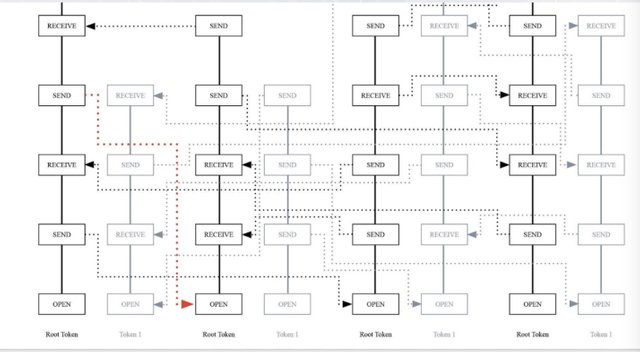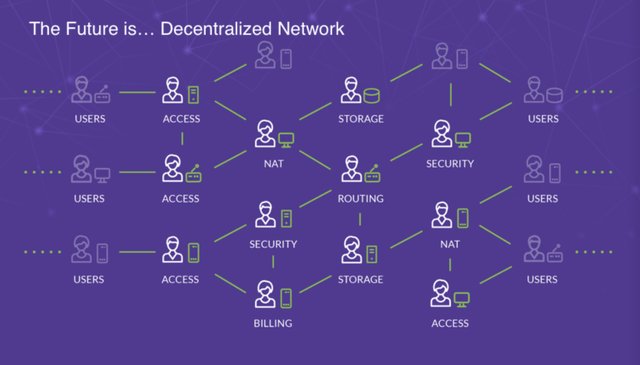At CPC DevCon we were excited to announce that QLC Chain multidimensional Block Lattice structure has completed the Alpha phase. This will enable the creation of different tokens on the Block Lattice ecosystem, similar to ERC20 and NEP5 token standards. We are the first in the Block Lattice architecture to allow users to create their own tokens within the ecosystem and use it for their own businesses.
At the same time, our Technical Yellow Paper is available for download: https://github.com/qlcchain/YellowPaper
QLC Chain's Goal
Our goal is to become the leading network infrastructure worldwide by holding numerous IP addresses as our nodes. Through VPN nodes, each VPN asset setup in the cloud will help increase the network node. The VPN nodes will be connected with a virtual router and expand the nodes with storage, content forwarding, and firewall function. Eventually, with a collection of VPN nodes, a decentralized NaaS supported by QLC chain will become a reality. At the same time, the infrastructure will also perform be able to protect user’s content transfer, storage, online behavior tracking, IP boundary, DDoS detection, visiting speed and more.
Technical advantages
Deploys a multidimensional Block Lattice architecture and uses virtual machines (VM) to manage and support integrated Smart Contract functionality.
Dual consensus: Delegated Proof of Stake (DPoS) and Shannon Consensus, which is a novel consensus developed by the team. The dual consensus protocol and multidimensional Block Lattice architecture, QLC Chain will be able to perform a high number of transactions per second (TPS), provide massive scalability and an inherently decentralized environment for NaaS related decentralized applications (dApp).
About Multidimensional Block Lattice
In the Block Lattice structure, every account has a unique blockchain to record its own transactional information. With Smart Contract functionality, QLC Chain supports multiple tokens issuance within one account. Each account supports multiple tokens and each new token added will be mapped to a new chain within the same account. Therefore, each account can have multiple chains.

Four function nodes, specifically designed for NaaS
- NAT function: Network Address Translation Node
- Routing function: Route forwarding node based on content keyword/DHT/Router table
- Storage function: Stores saved content, which can provide contents based on retrieval request from other nodes within the network
- Security function: Performs firewall function and enacts security domain access rule

About Shannon Consensus
We introduced a verifiable variable entropy in the Hash solution. Each node has an approximate probability to calculate a random solution. The core of the Shannon consensus is to make the probability of an Asic chip and a CPU mining reward similar to each other. This will restore the calculation power to all users, instead of focusing on a handful of miners.
Our Shannon consensus is the world's first improved computational model. The Bitcoin mining algorithm is improved, so that the power returns to the hands of the majority bitcoin users, allowing Ethereum to return to the hands of the PC and not concentrated in the hands of big mines
